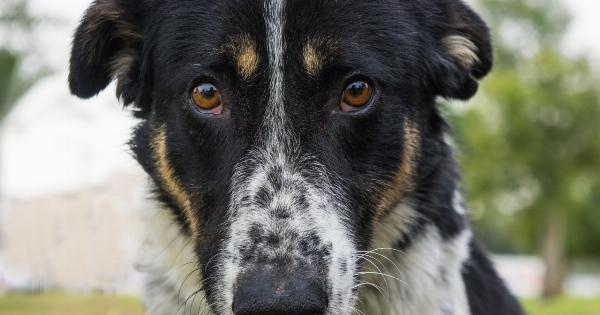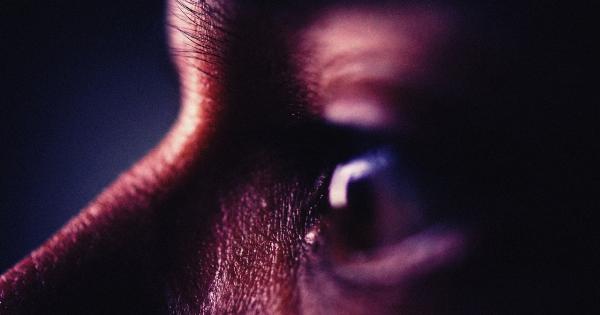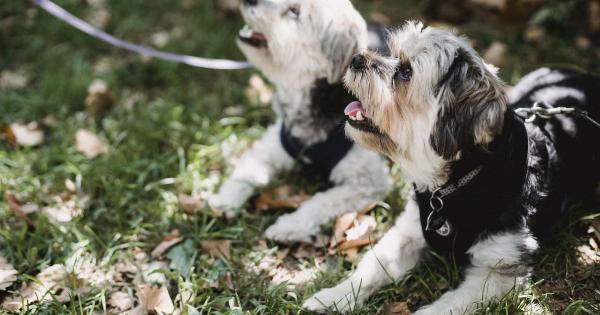Dogs are known for their exceptional sense of smell, which far surpasses that of humans. While humans have approximately 5 million olfactory receptor cells, dogs have a staggering 125-300 million.
This remarkable difference allows them to detect and differentiate a wide range of scents, making them invaluable in scent detection tasks.
The Science Behind Canine Olfaction
The canine sense of smell begins with the specialized olfactory epithelium located in the nasal cavity. This thin tissue contains the millions of olfactory receptor cells mentioned earlier.
When a dog inhales, scents enter the nasal passages and come into contact with these receptors, initiating a chain of events that lead to scent perception and processing.
Scent Detection Training in Dogs
Dogs that are specifically trained for scent detection undergo extensive training programs that capitalize on their extraordinary sense of smell. They are exposed to various scents and learn to associate specific scents with rewards.
This training helps them develop the ability to detect and distinguish scents even in complex environments.
Dogs’ Ability to Detect Sickness
One remarkable application of dogs’ sense of smell is their ability to sniff out diseases and identify illness in humans.
Numerous studies have shown that dogs can detect the presence of certain types of cancer, including lung, breast, ovarian, and colorectal cancer, with high accuracy.
The Unique Chemistry of Sickness
When a person is sick, their body undergoes physiological changes that can result in the release of specific volatile compounds. These compounds create a distinct scent that trained dogs can detect.
Dogs have shown an ability to alert their owners or handlers to the presence of certain illnesses, often before traditional medical tests can confirm the diagnosis.
Olfactory Assistance in Medical Settings
The exceptional sense of smell in dogs opens up new possibilities for utilizing their skills in medical settings.
Dogs could potentially assist in early disease detection, non-invasive screening methods, or even act as a complementary tool to aid in the diagnosis of various health conditions.
Improving Disease Detection Techniques
Researchers are actively studying the specific compounds that dogs detect when identifying different illnesses, aiming to develop electronic sensors or artificial noses that mimic the canine olfaction system.
These technologies could enhance and streamline the detection of diseases, allowing for earlier intervention and improved patient outcomes.
Expanding Canine Scent Detection
Beyond the detection of sickness in humans, dogs have also been trained to detect other medical conditions and events such as low blood sugar in diabetic individuals, seizures in epileptic patients, and even certain bacterial infections.
Challenges and Limitations
While the sense of smell in dogs is truly extraordinary, there are some challenges and limitations to consider.
Environmental factors, distractions, and variations in individual dog training and performance can affect the reliability and consistency of their scent detection abilities.
The Ethical Considerations
When employing dogs for scent detection in medical settings, it is essential to prioritize their well-being and ensure their training and working conditions meet appropriate ethical standards.
Dogs should be provided with proper care, rest, and mental stimulation to maintain their motivation, health, and overall welfare.
The Future of Canine Scent Detection
The remarkable sense of smell in dogs continues to astonish researchers and holds great potential for various applications in healthcare.
With ongoing research and advancements in technology, dogs may play an increasingly significant role in improving early disease detection, enhancing screening methods, and offering valuable support in the medical field.
























